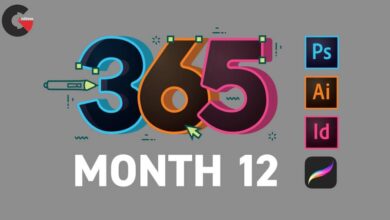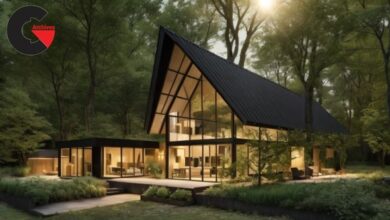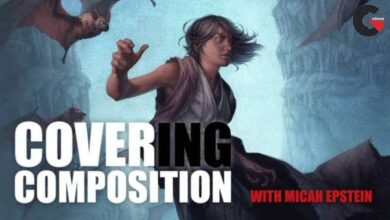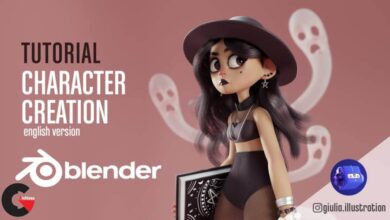CGMA – Intro to FX Using Houdini
 Intro to FX Using Houdini
Intro to FX Using Houdini
Intro to FX using Houdini will give an exciting introduction to a variety of FX capabilities in Houdini. This course is designed to focus on VFX that are commonly called for in the film industry today. We will go over procedural modeling, fluid FX, particles FX, rigid body destruction, smoke, and lighting & rendering. Each week we will focus on a certain procedural aspect, while maintaining a wider perspective of Houdini’s incredible capabilities. This course will strengthen your practical knowledge in VFX, and give you a greater understanding of Houdini’s common uses in VFX companies. | *Note: Students can still take the course with a computer that has less performance, but the computations will take longer and some simulation won’t be as high resolution due to RAM limitations. | Houdini’s Apprentice education edition software is available as a free download, and is all you will need to take this course.
COURSE FORMAT: Standard
LECTURE TYPE: Pre-recorded
FEEDBACK: Individual recordings
DURATION: 9 weeks
MATERIALS: Houdini 16.0 | 8 core processor and 32gb of RAM | Houdini’s Apprentice education edition software is available as a free download, and is all you will need to take this workshop.
SKILLS LEVEL: Intermediate
PREREQUISITES: Class prerequisites: Fundamentals of Houdini for 3D Artists | A general knowledge of Houdini/ Houdini related softwares and 3D concepts. | This class requires Houdini 16.0.
WHAT YOU’LL LEARN
The more you know, the better.
Week 1 | Introduction
Powerful approaches to grouping in SOPs | In depth: COPY SOP / copy stamping techniques | In depth: FOR LOOPS and FOR EACH SOP | Avoiding object intersections with FOR LOOPS, stop condition and intersect SOP | Using FOR EACH blocks to create a multi-threaded COPY SOP | Introduction to compile blocks
Week 2 | Procedural Modeling I
An introduction to point cloud procedures in CVEX | Using FOR EACH and COPY SOP approaches to procedurally model a riverbed | Closer look at the Ray SOP, Skin SOP, creating UVs | Unified noise in attribute VOP | Implementing object avoidance for rocks with workflow from Week #1 | Use SOP workflows to model the base of a stone tower using FOR EACH and COPY SOP | Introduction to procedural SOP techniques to create the tower’s windows and floors
Week 3 | Procedural Modeling II
Exploring different procedural modeling techniques in SOPs | Create the towers battlement geometry | Create a complex system to cut holes into tower for door & windows, a first look into problem solving when working around limitations of Houdini | Setting up a “Master Null” in order to add animation controls to modify the tower’s properties | Poly Bevel SOP and how to deal with corrupt geometry | Creating UVs for the tower and UV layout workflow
Week 4 | Magic Attack 1: Particles
Creating a complex multi-layer magic particle simulation that includes: Working with noises in VOPs, writing advanced CVEX code in a SOP Solver in order to create secondary lightning branches | Using a SOP Solver for particle generation & distribution | Introducing the primuv() function in VEX for particles to follow splines | Generating impact sparks, energy particles and a very dense silty particle pass
Week 5 | Magic Attack 2: RBDs
Using Voronoi SOP to create wood splinters for the tower’s door | Creating a system to use lightning bolt particles that trigger the RBD activation | Using a volumetric scalar field to activate RBD objects | Setting up constraints in SOPs using Connect Adjacent Pieces SOP and adding constraint attributes | Pre-fracturing the stone tower | Rigid Body Dynamics: destroy the tower asset, while learning about art-directing RBDs | Advanced manipulation of constraints in a SOP Solver | Creating custom forces with Pop Wrangles and CVEX to control RBD objects | Using CVEX to create a custom sleeping system to optimize simulation times
Week 6 | Magic Attack 3: Volumetrics
Using CVEX and point clouds functions to define smoke emission areas | Using CVEX to interpolate the emission points for fast moving objects | Creating a smoke source | Setting up a clustering system with dynamic DOPNET start frame | Generate a smoke simulation to enhance the tower destruction effect | Creating and caching of the collider objects| Dynamic container resizing | First look at gas microsolvers such as: Gas Match Field, Gas Field Wrangle, Gas Blur, Gas Calculate | Volume compression and caching wedges to disk | Importing wedges using a FOR LOOP and Python | Custom gas disturbance workflow for fractal-like detail
Week 7 | Magic Attack 4: Lighting & Rendering
Setting up a shader for the character using the Principled Shader | Exploring different lights in Houdini, i.e. environment light for HDRI | Using the Material Shader Builder to create a custom displacement material for the tower | Creating shaders for the door and environment | Using the Geometry Light for interactive particle lighting | Setting up particle shaders | First look at Mantra, Houdini’s render engine | Rendering the tower scene including particles, RBD and smoke | Bonus content: Using COPs for basic compositing of render passes
Week 8 | Flip Fluids Simulation
Using procedural techniques to create the main flip particle source | Setting up, examining and tweaking the Flip Solver | Adding a ‘pre-roll’ particle source to decrease simulation times | Setting up an additional emitter to add control over water level | Using gas microsolvers and SOP scalar fields in order to control Gas Turbulence and Gas Vortex Confinement | Creating a complex system for custom splashes around bigger rocks using SOPs, Pop VOP and Pop Wrangle | Using noise functions in CVEX | Setting up colliders for Flip simulations | Caching to disk using Fluid Compress SOP
Week 9 | Whitewater Simulation
Detailed look at Particle Fluid Surface SOP for flip meshing & caching | Introduction to the Whitewater Source SOP | Setting up clustering/wedging for whitewater simulation | First look at Whitewater solver & emitter in DOPs | Breaking up foam using a custom POP VOP | Manipulating the Whitewater solver for custom particle classification in SOP Solver | Deleting leaking particles | Importing whitewater wedges | Advanced post-simulation point manipulation techniques for whitewater particles
Watch the Introduction Video : (Intro to FX using Houdini )
lB6MwSwNNIYYHz66UqInBRH/video%203/31244
Direct download links 11.8 GB :
Direct download link reserved for subscribers only This VIP
Dear user to download files, please subscribe to the VIP member
- To activate your special membership site, just go to this link and register and activate your own membership . >>>register and activate<<<
- You can subscribe to this link and take advantage of the many benefits of membership.
- Direct downloads links
- No ads No waiting
- Download without any limitation ، all content in website
CGArchives Is The Best
Review
Review
Review this tutorial
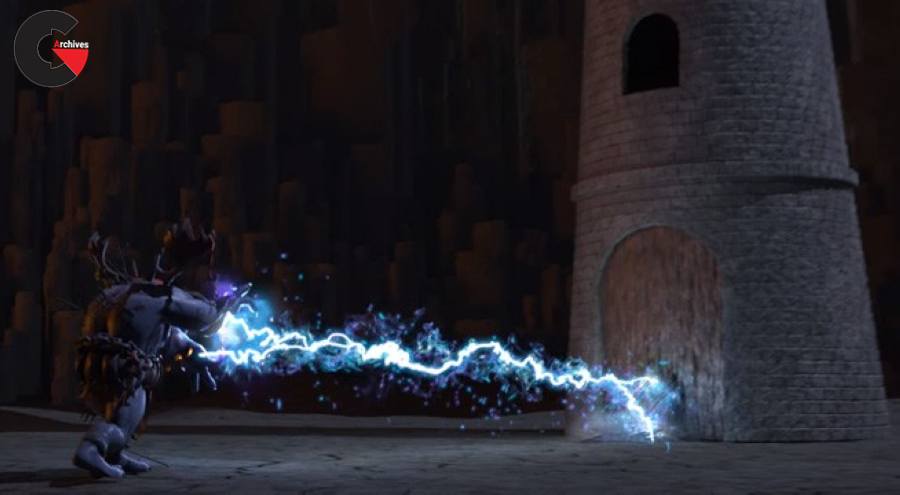 Intro to FX Using Houdini
Intro to FX Using Houdini

